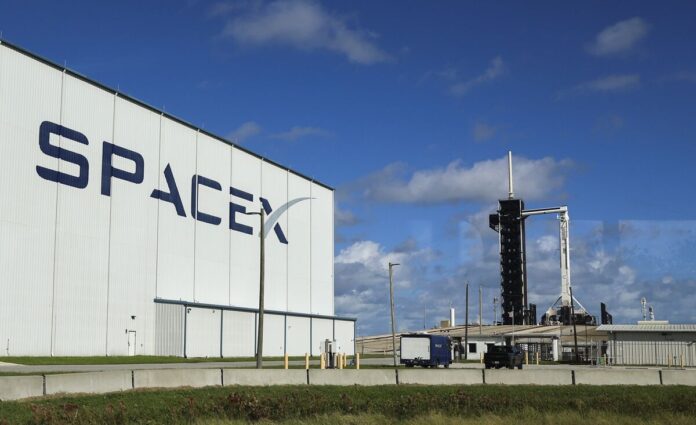The U.S. Federal Aviation Administration on Thursday said it approved license modifications for the SpaceX Starship Flight 9 mission but did not immediately allow it to fly.
SpaceX will not be allowed to launch until the FAA either closes its Starship Flight 8 investigation or makes a return to flight determination, the agency added.
The approval also included allowing SpaceX to increase the number of launches at Boca Chica, Texas, from five to as many as 25, a decision first announced in March.
Starship Flight 8 exploded in space in early March, shortly after it began spinning uncontrollably with its engines cut off. The incident disrupted about 240 flights, with space debris concerns requiring more than two dozen of those planes into diversions.
The FAA said it was reviewing the mishap report SpaceX submitted on May 14 and that it would expand the size of aircraft and maritime hazard areas in the United States and other countries for the Starship Flight 9 mission.
The decision is a result of the FAA requiring SpaceX to revise the Flight Safety Analysis following the March explosion and because SpaceX plans to reuse a previously launched Super Heavy booster rocket for the first time.
The March incident was the second straight failure of a SpaceX test launch and came just over a month after the seventh also ended in an explosion. Both incidents occurred in early mission phases that SpaceX has easily surpassed previously, a setback for a program Elon Musk sought to accelerate this year.
The Starship 9 launch will affect air routes extending 1,600 nautical miles eastward from Texas through the Straits of Florida. Both the Bahamas and Turks and Caicos are expected to close their airspace up to 6,000 feet and the FAA will close the airspace above that.
The FAA estimates 175 flights will be affected.
SpaceX’s 403-foot rocket system is central to Musk’s plan to send humans to Mars as soon as the turn of the decade.























